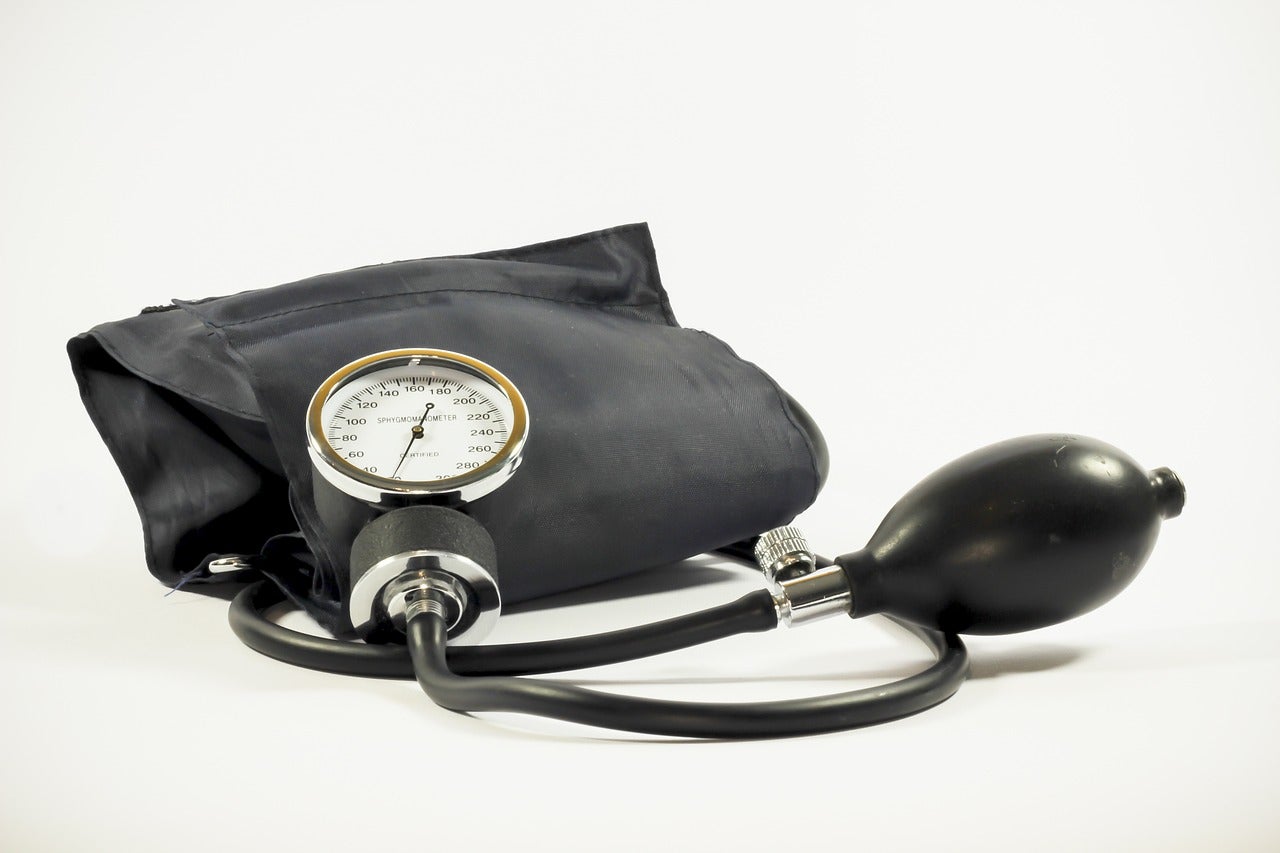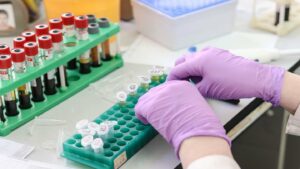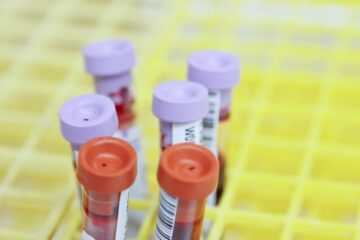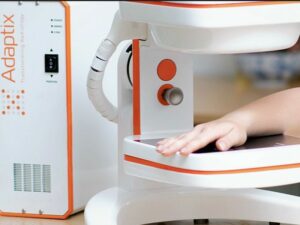<!–
–>

Research in the UK has found that a new kind of ten-minute CT scan can enable the detection and treatment of one of the most common causes of hypertension.
Doctors at Queen Mary University of London and Barts Hospital as well as Cambridge University Hospital have undertaken research leveraging the CT scan to light up tiny growths, known as nodules, in a hormone gland and cure high blood pressure by surgically removing them.
The nodules are found in one-in-twenty people suffering from high blood pressure.
The study on the new scan was undertaken on a total of 128 patients at Barts Hospital, Cambridge University Hospital, and Guy’s and St Thomas’s, as well as the Universities of Glasgow and Birmingham.
It was funded by a partnership between the National Institute for Health and Care Research (NIHR) and Medical Research Council (MRC), along with Barts Charity and the British Heart Foundation.
The doctors discovered that hypertension (high blood pressure) in some patients was caused by a gene mutation that resulted in high levels of a steroid hormone, aldosterone.
In two-thirds of patients with high aldosterone secretion, it was found to be coming from a benign nodule present in just one of the adrenal glands, which could then be removed in a safe manner.
The new scan leverages a short-acting dose of metomidate, which is a radioactive dye that binds only to the aldosterone-generating nodule.
Patients found to have excessive levels of aldosterone in the blood are resistant to treatment with drugs for hypertension and are at high risk of heart attacks and strokes.
The scan was found to be as precise as the standard of care catheter test, however, it was quicker, more painless and technically ‘successful’ in each patient.
Furthermore, the catheter test could not predict the patients that could be fully cured of hypertension with the removal of the gland through surgery.
The mix of a ‘hot nodule’ on the scan and urine steroid test predicted 18 of the 24 patients that attained normal blood pressure off all their medicines following surgery.
The research tackles a six-decade-old issue of detecting the hormone-generating nodules without a difficult catheter study, which is found only in a few hospitals and often leads to failure.
Queen Mary University of London professor of endocrine hypertension and co-senior author of the study Morris Brown said: “These aldosterone-producing nodules are very small and easily overlooked on a regular CT scan. When they glow for a few minutes after our injection, they are revealed as the obvious cause of hypertension, which can often then be cured. Until now, 99% are never diagnosed because of the difficulty and unavailability of tests. Hopefully, this is about to change.”
<!– GPT AdSlot 3 for Ad unit 'Verdict/Verdict_In_Article' ### Size: [[670,220]] —
!– End AdSlot 3 –>
- SEO Powered Content & PR Distribution. Get Amplified Today.
- Platoblockchain. Web3 Metaverse Intelligence. Knowledge Amplified. Access Here.
- Source: https://www.medicaldevice-network.com/news/ten-minute-scan-detect-hypertension/
- a
- About
- AC
- Ad
- After
- All
- and
- Attacks
- author
- because
- between
- Birmingham
- blood
- Blood Pressure
- British
- cambridge
- care
- Cause
- caused
- causes
- change
- Charity
- coming
- Common
- could
- Council
- credit
- cure
- Detection
- difficult
- Difficulty
- discovered
- Disease
- Doctors
- Drugs
- each
- easily
- enable
- Failure
- few
- finds
- following
- found
- Foundation
- from
- fully
- funded
- Health
- Heart
- Heart disease
- High
- Hopefully
- Hospital
- hospitals
- However
- HTML
- HTTPS
- Hypertension
- in
- Institute
- issue
- IT
- just one
- Kind
- known
- Leads
- levels
- leverages
- leveraging
- light
- London
- manner
- medical
- medical research
- minutes
- more
- most
- Mutation
- National
- New
- normal
- obvious
- ONE
- Partnership
- patient
- patients
- People
- plato
- Plato Data Intelligence
- PlatoData
- predict
- predicted
- present
- pressure
- Professor
- quicker
- regular
- removal
- Removed
- removing
- research
- resistant
- Revealed
- Risk
- safe
- Said
- scan
- Share
- Size
- small
- some
- standard
- steroid
- Study
- suffering
- Surgery
- Tackles
- test
- tests
- The
- the UK
- their
- Through
- to
- Total
- treatment
- two-thirds
- Uk
- unit
- Universities
- university
- urban
- which
- without
- zephyrnet












